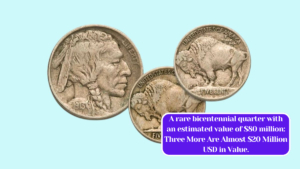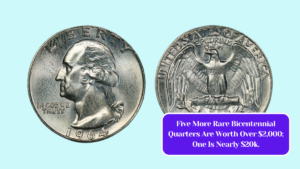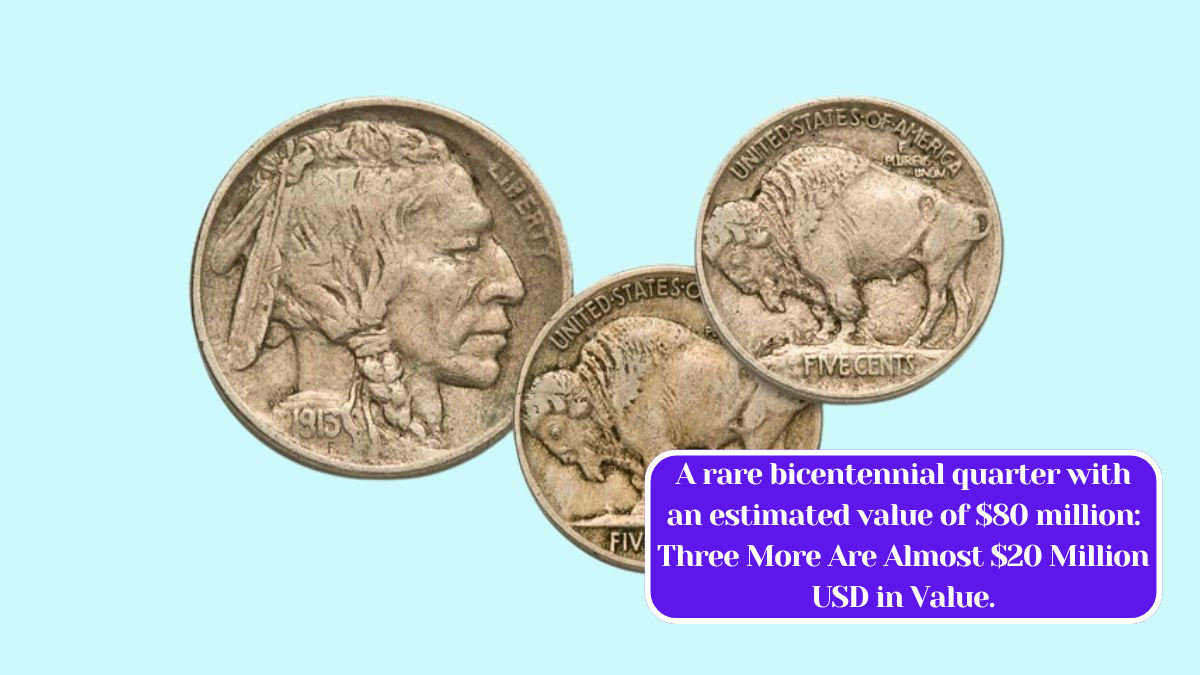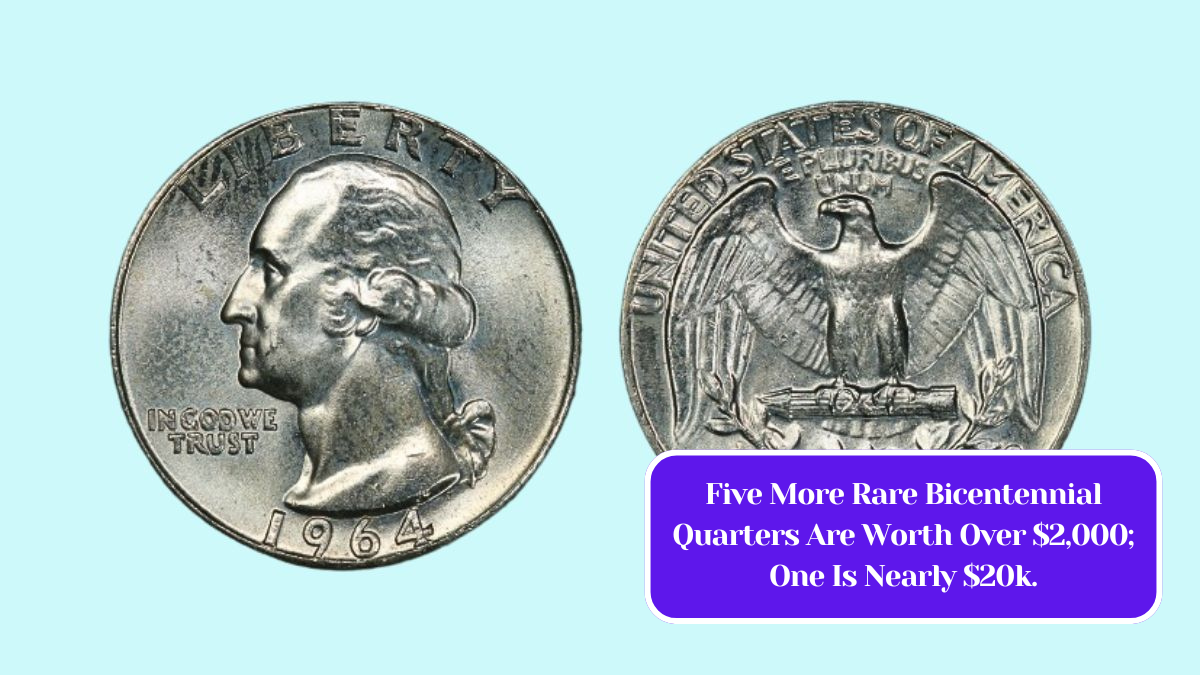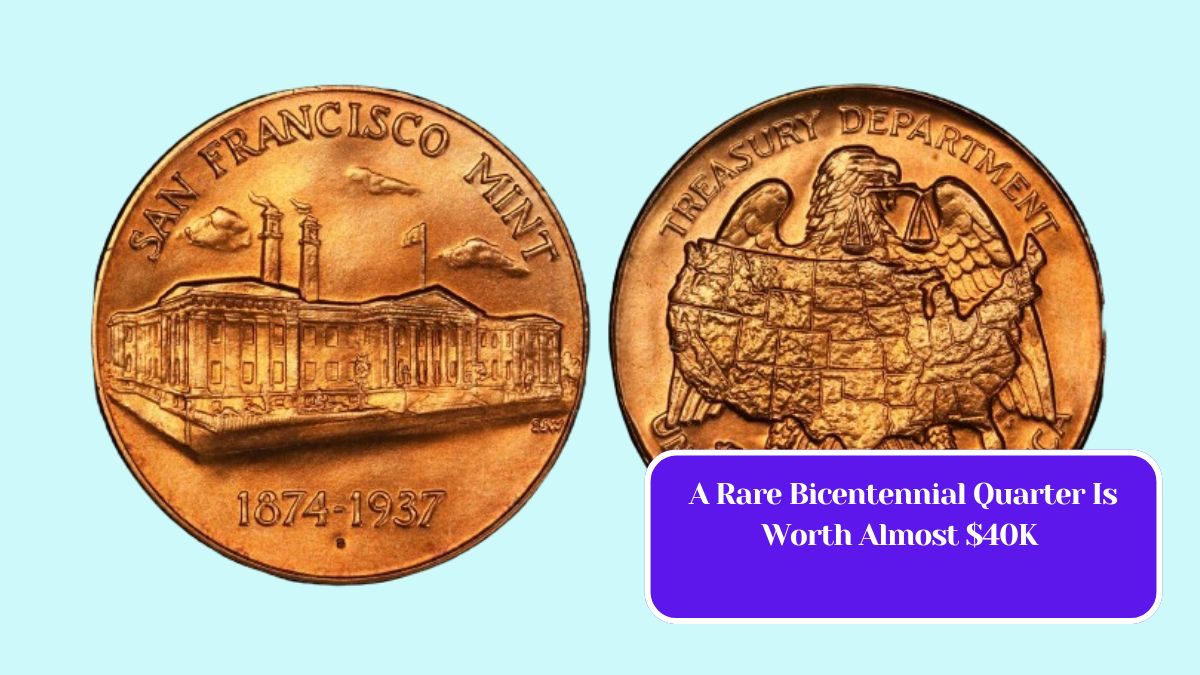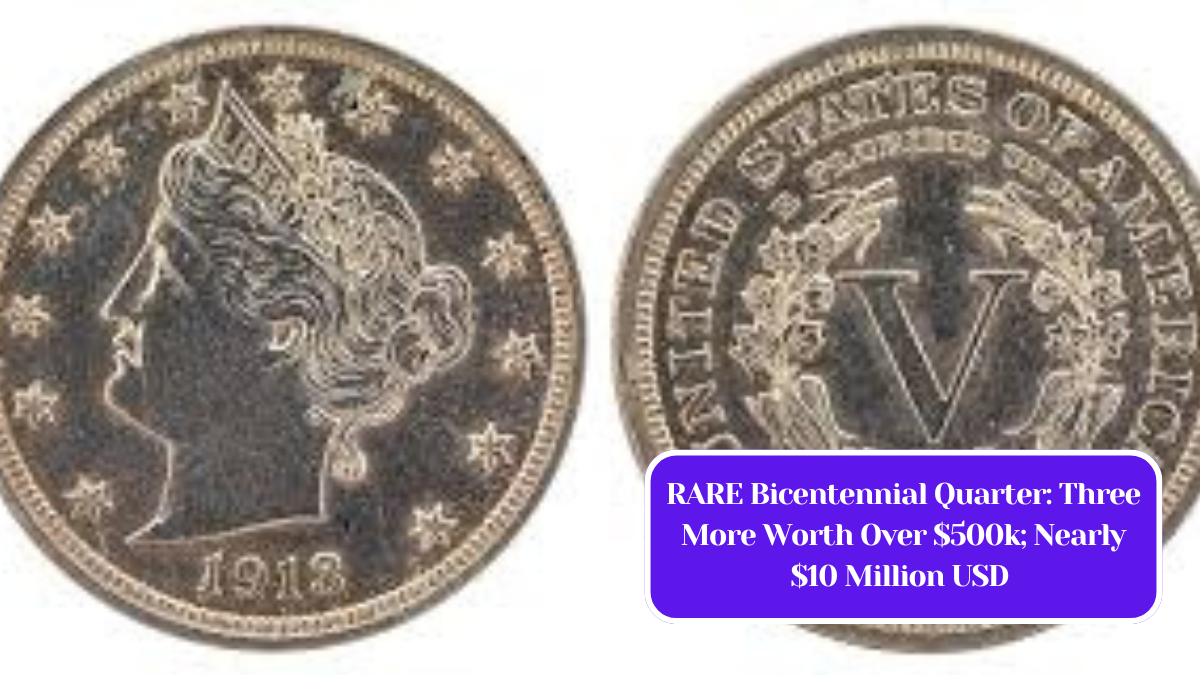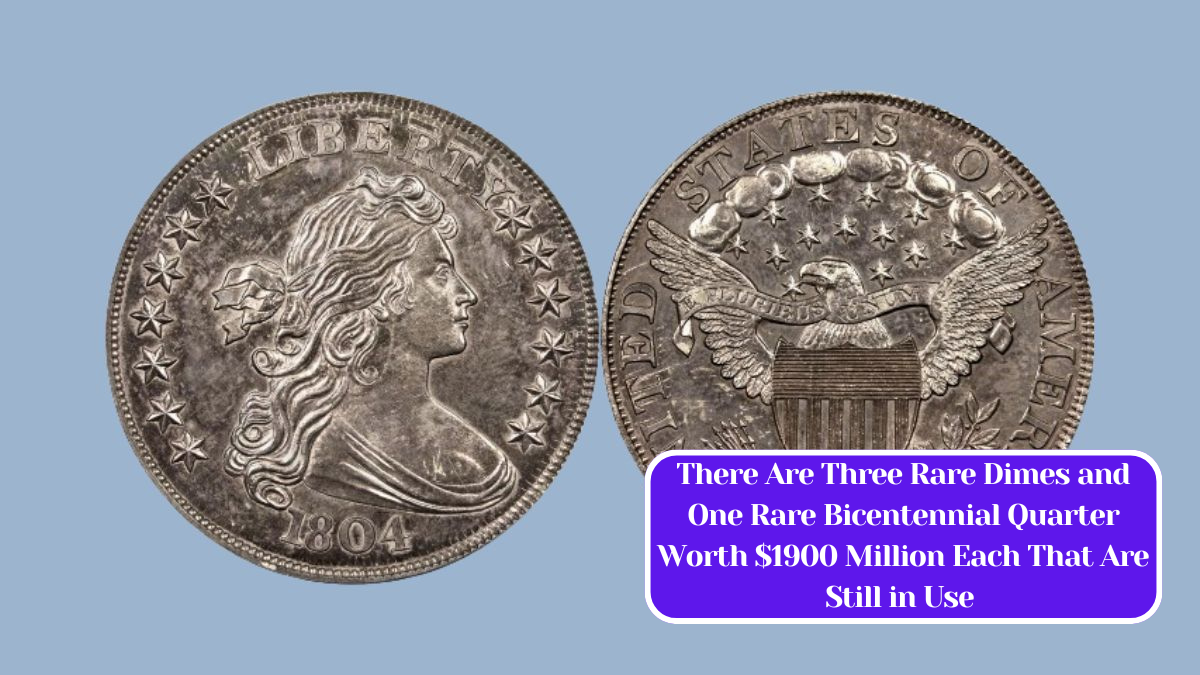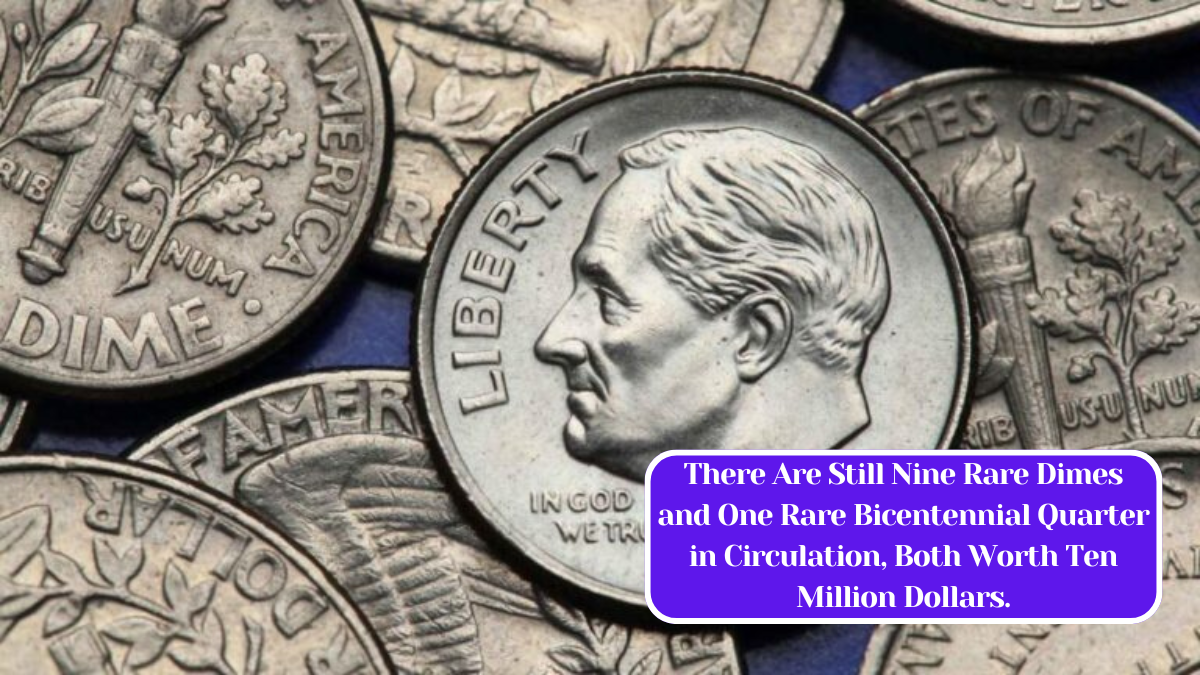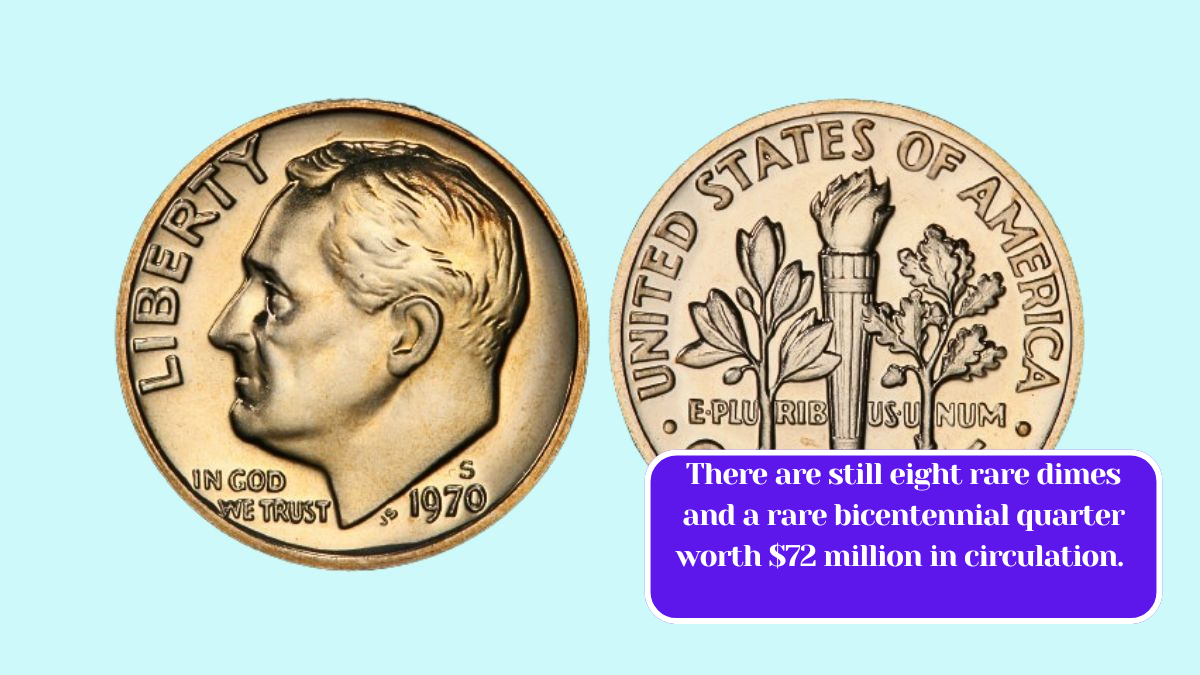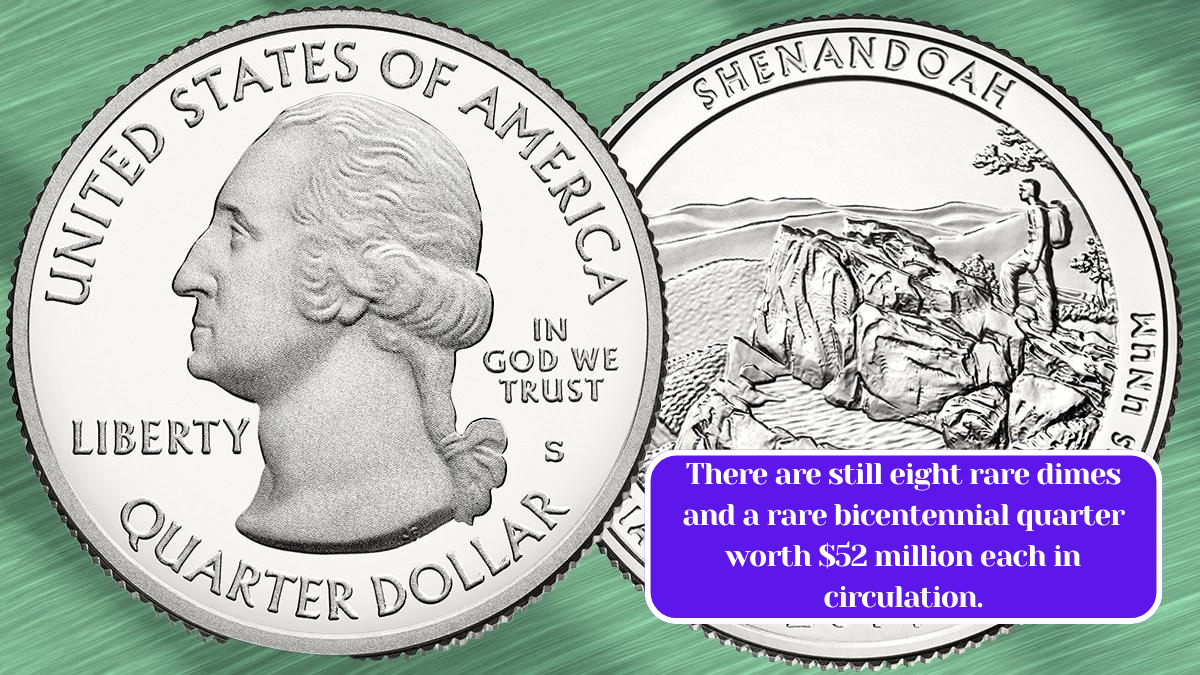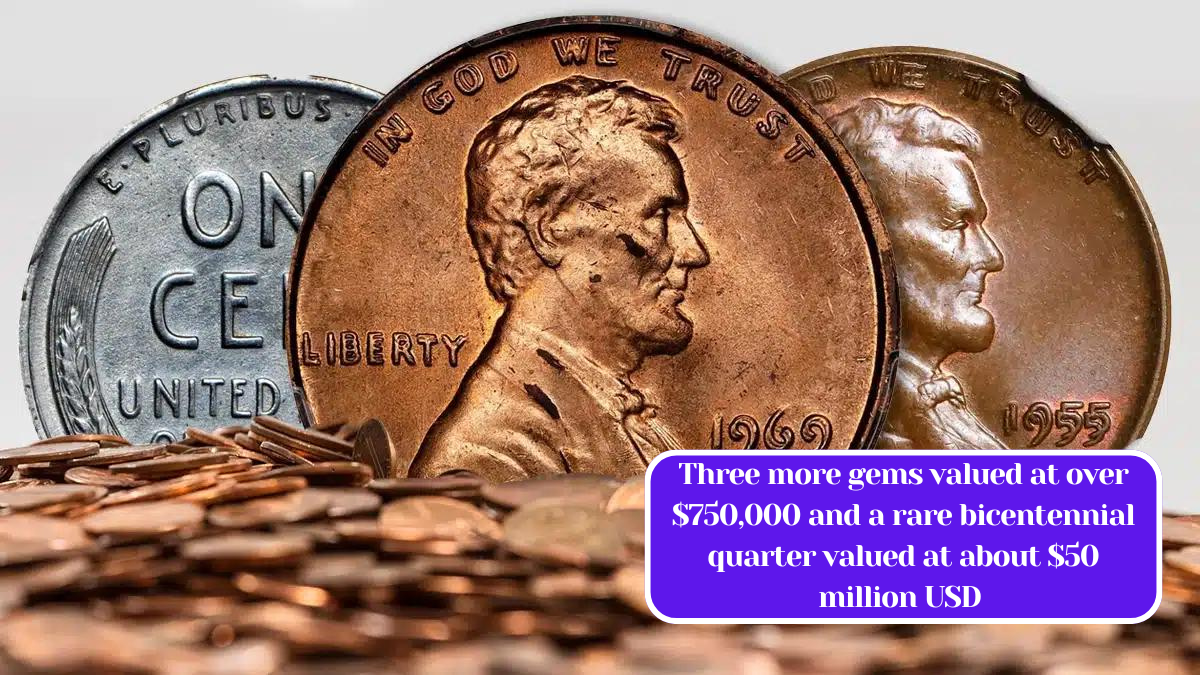When we think of the United States Bicentennial in 1976, images of fireworks, parades, and patriotic fervor typically come to mind. However, hidden among the festivities and celebrations were unusual nickels that collectors and enthusiasts might overlook. These unique pieces, often found in plain sight, tell a rich story about American history, artistry, and the spirit of the times. Here’s a closer look at nine such nickels, collectively dubbed “The Hunter’s Joy,” each with its own distinctive features.
1. The Bicentennial Reverse Nickel
While most nickels feature Thomas Jefferson’s portrait on one side, the reverse of the Bicentennial nickels is notable. In 1976, the U.S. Mint released a special version that commemorated the nation’s 200th birthday. The iconic depiction of Monticello was accompanied by a modified design, making these nickels particularly collectible.
2. The Silver Nickel
During World War II, the U.S. Mint produced nickels using silver due to metal shortages. While the 1976 Bicentennial nickels weren’t made of silver, certain 1942-1945 nickels might still circulate today, often overlooked. These rare pieces can fetch a premium and are a hidden treasure for those examining their pocket change.
3. The 1976 Proof Set Nickel
For collectors, the 1976 Proof Set, which included a pristine nickel, is a standout. These coins were struck with higher quality, resulting in a brilliant, mirror-like finish. Often found tucked away in collections, they represent not just a piece of currency but a slice of history.
4. The Double Die Nickel
Some 1976 nickels exhibit a rare minting error known as a double die. This anomaly occurs when a coin is struck more than once, causing a blurry or thickened appearance of the design. Finding a double die nickel adds a thrilling layer of excitement to coin collecting, as these errors are few and far between.
5. The 1976 Bicentennial Celebration Nickel
These nickels feature a special engraving celebrating the Bicentennial, emphasizing American heritage and pride. Although they may look like regular nickels at first glance, their historical significance makes them a must-have for collectors.
6. The ‘Wrong Planchet’ Nickel
Occasionally, nickels are minted on the wrong planchet, such as those intended for other denominations. A 1976 nickel struck on a quarter planchet, for instance, is a rare find and a prized possession for any coin collector.
7. The Error Coin
Mistakes happen at the mint, and some 1976 nickels may have errors, such as off-center strikes or incomplete designs. These unique features can significantly increase a coin’s value and are often found hidden among more mundane coins.
8. The Bicentennial Mintmark Nickel
Nickels minted in Denver and Philadelphia feature different mintmarks. The “D” mintmark from Denver indicates a specific lineage that collectors seek out. Finding these nickels can be like uncovering a historical artifact that connects you directly to a specific moment in American history.
9. The Specimen Nickel
In addition to standard proof sets, the U.S. Mint released specimen coins, which were specially treated for collectors. These coins often have a unique finish that sets them apart from regular circulation nickels. Specimen nickels from 1976 can be a hidden gem for those scouring through old collections.
The nine unusual nickels from the Bicentennial, affectionately dubbed “The Hunter’s Joy,” serve as a reminder of the rich tapestry of American history. Whether through minting errors, unique designs, or hidden features, these coins offer a fascinating glimpse into a pivotal moment in time. For collectors and enthusiasts, the thrill of discovery lies in the hunt, often revealing treasures concealed in plain sight. So, the next time you handle your change, take a moment to examine those nickels—you might just unearth a piece of history!

